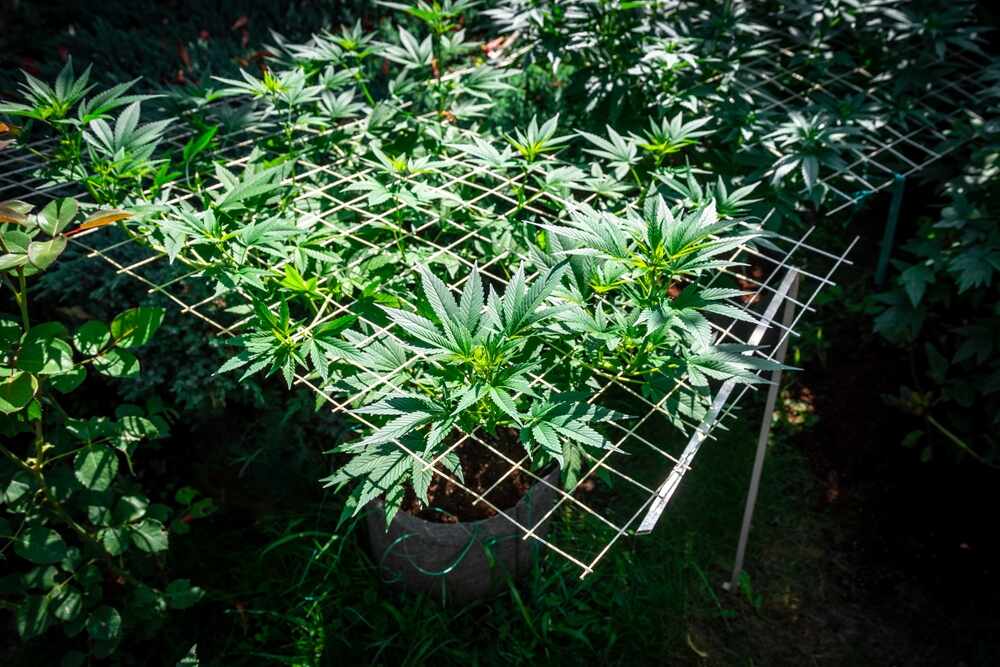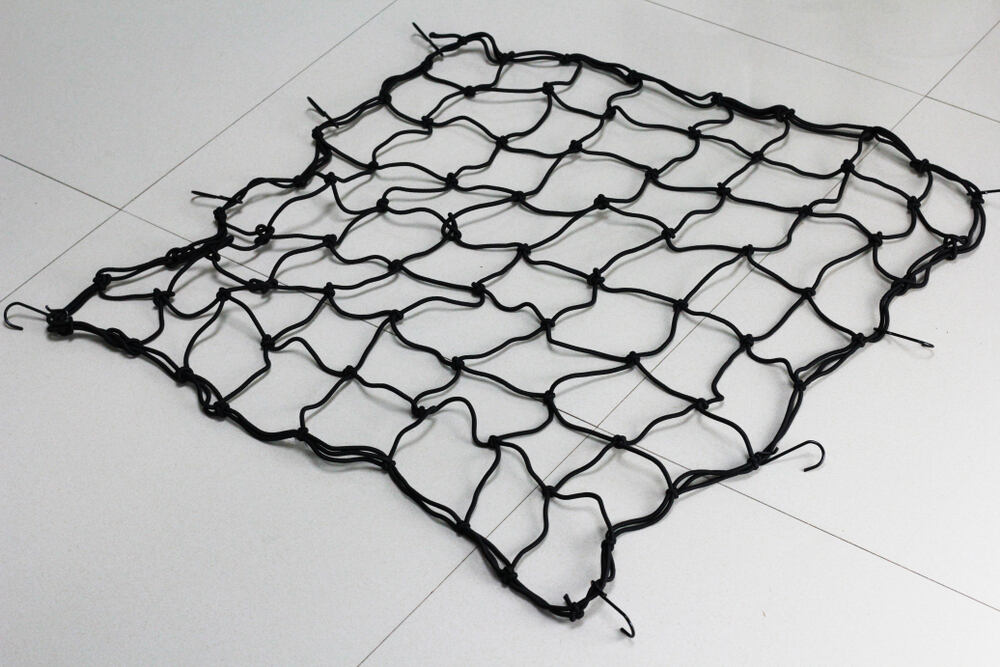The Best Fluffy Pancakes recipe you will fall in love with. Full of tips and tricks to help you make the best pancakes.

How to Scrog Autoflowers?
So, you’re curious about scrogging autoflowers, huh? Well, you’ve come to the right place. Scrogging, or using the Screen of Green method, is a great way to maximize your autoflower yields and make the most of your grow space. I’m here to break it all down for you, step-by-step, so you can grow like a pro. Let’s get into it.
What is the ScrOG Method?

Definition and Overview of ScrOG
Scrogging is a cannabis cultivation technique where you train your plants to grow horizontally through a screen, allowing for a more even canopy. This helps your plants get more light, and more light means more buds. For autoflowers, which grow fast and have a short life cycle, this method can be a little tricky but totally worth it when done right.
Differences Between ScrOG for Photoperiod vs. Autoflowering Plants
Photoperiod plants are easier to scrog because you can control when they flower by changing the light cycle. With autoflowers, though, you don’t have that luxury—they flower on their own time. That means you’ve got to be quicker on the draw with your training and setup. Timing is key here, and you don’t want to miss that small window when they’re ready to be scrogged.
Benefits of ScrOG for Autoflowers
Increased Yield Potential
The ScrOG method can significantly boost your cannabis yields by ensuring that all your buds get plenty of light. When you train your autoflower through the screen, you create an even canopy, so every bud site gets its time to shine. More light equals more photosynthesis, and that’s how you grow some chunky, sticky buds.
Better Light Penetration
One of the biggest benefits of Scrogging is that it allows better light penetration. Normally, the lower branches and buds can miss out on light because they’re shaded by the top canopy. By spreading your plant out across the screen, you expose all parts of the plant to equal light, and that’s a game-changer for growth.
Maximizing Space in Small Grow Rooms
If you’re working with a small grow space (like many of us are), Scrogging is the perfect way to make the most of what you’ve got. By growing horizontally rather than vertically, you can maximize every inch of your grow area. Plus, keeping the plants lower makes it easier to manage them, especially in indoor setups.
Challenges of ScrOG with Autoflowers
Short Vegetative Stage and Timing Issues
Autoflowers have a much shorter vegetative stage than photoperiods, which can make scrogging a bit more challenging. You’ve got a smaller window of time to train the plant before it flips into flowering. The key is to start early, usually when the plant has around 3-4 nodes, and keep a close eye on it.
Stress Sensitivity of Autoflowers
Autoflowers tend to stress out more easily than feminized plants, and too much stress can stunt their growth. While scrogging is a relatively low-stress method compared to other techniques like topping or LST (low-stress training), you’ll still need to be gentle when tucking and weaving the branches. Go slow, and don’t overdo it.
Best Strains for ScrOG with Autoflowers
Not all autoflowers are created equal when it comes to scrogging. Look for strains that are known for their vigorous growth and strong branching structure, like Bruce Banner, Gelato, or Amnesia Haze. These strains respond well to training and will fill out your screen nicely without too much effort.
Step-by-Step Guide to Scrogging Autoflowers

Materials Needed for Setting Up a ScrOG
You don’t need much to set up a ScrOG, but you do need a few essentials:
- A sturdy scrogging net or trellis (avoid the cheap stuff that’ll collapse on you mid-grow)
- A frame or some stakes to support the net
- Soft ties or hooks for training the branches
- Scissors for pruning
Preparing the ScrOG Net and Frame
Set up your ScrOG net about 12-20 inches above your plant’s base. This gives the branches enough room to grow upward before you start training them. Make sure your net is tight and secure; it needs to hold the weight of your plants as they grow.
When to Install the Screen for Autoflowers
Timing is everything when growing autoflower cannabis seeds. You want to install the screen when your plants are about 8-12 inches tall, which is usually around the time they’ve developed their third or fourth node. This is when the plants are strong enough to handle the training but not too far into their life cycle where you’ll miss the window.
Training the Plants: Weaving and Tucking Branches
Once your screen is in place and your plants start to grow through it, gently tuck the branches back under the screen. You’re aiming to train them to grow horizontally across the net, not vertically. This helps you create that even canopy I keep talking about. Be gentle here—you don’t want to snap any branches!
Pruning and Defoliation for Better Growth
As your plant grows, you’ll need to prune the lower branches and leaves that aren’t getting any light. This not only improves airflow but also lets the plant focus its energy on the bud sites that are getting the most light. Don’t overdo it, though—pruning too much can stress your autoflower and slow down its growth.
Best Practices and Tips for a Successful ScrOG with Autoflowers
Managing Plant Stress While Using ScrOG
Scrogging is less stressful than other training methods, but it’s still important to be gentle. Watch your plant for signs of stress like drooping or stunted growth, and back off if it seems like you’re pushing too hard. Patience is key!
Maintaining Airflow and Preventing Mold
Autoflowers can grow pretty dense in a ScrOG setup, so good airflow is a must. Make sure you’ve got a fan or some kind of ventilation system in place to keep fresh air moving through the canopy. This will help prevent mold and mildew, which can ruin your grow in no time.
Optimal Light and Nutrient Management
With an even canopy, your plants will soak up light like nobody’s business. Keep your light as close as possible without burning the tops, and make sure your plants are getting enough nutrients to support all that growth. But remember, autoflowers don’t like being overfed, so go easy on the nutes.
Common Mistakes to Avoid When Scrogging Autoflowers
Overcrowding Your Grow Space
It’s tempting to pack as many plants as you can into your grow space, but with ScrOG, less is often more. You need to give each plant room to spread out across the screen. Crowding them will just lead to poor airflow and smaller yields.
Neglecting Regular Plant Maintenance
Scrogging isn’t a set-it-and-forget-it method. You need to keep an eye on your plants, regularly tucking and pruning to maintain that even canopy. If you let them go, they’ll grow right through the screen, defeating the whole purpose.
Incorrect Timing of Screen Placement
If you wait too long to install your screen, you’ll miss the opportunity to train your plants. Install it early, when the plants are still small, so you can gently guide them to grow horizontally before they start flowering.
FAQ
Can you ScrOG autoflowers successfully?
Yes, but timing is critical. Start early in the vegetative stage and keep stress to a minimum to avoid stunting growth.
What size net should I use for Scrogging autoflowers?
Use a net with 2-4 inch squares. This gives you plenty of room to tuck branches without damaging the plant.
How many plants can I ScrOG in a small space?
You can fit about 4-6 plants per square meter, but this depends on the strain and grow room size.
Should I top autoflowers before using the ScrOG method?
Topping autoflowers is risky due to their short life cycle. Many growers skip topping to avoid stressing the plant.
How does Scrogging autoflowers impact yield?
Scrogging increases yields by optimizing light exposure and creating a uniform canopy, allowing the plant to focus energy on bud production.
Scrogging autoflowers might sound like a bit of a challenge, but with the right timing and technique, it can significantly boost your yields. Keep it simple, start early, and remember to give your plants the love and care they need. Follow these steps, and you’ll be growing like a seasoned pro in no time! Happy growing!




